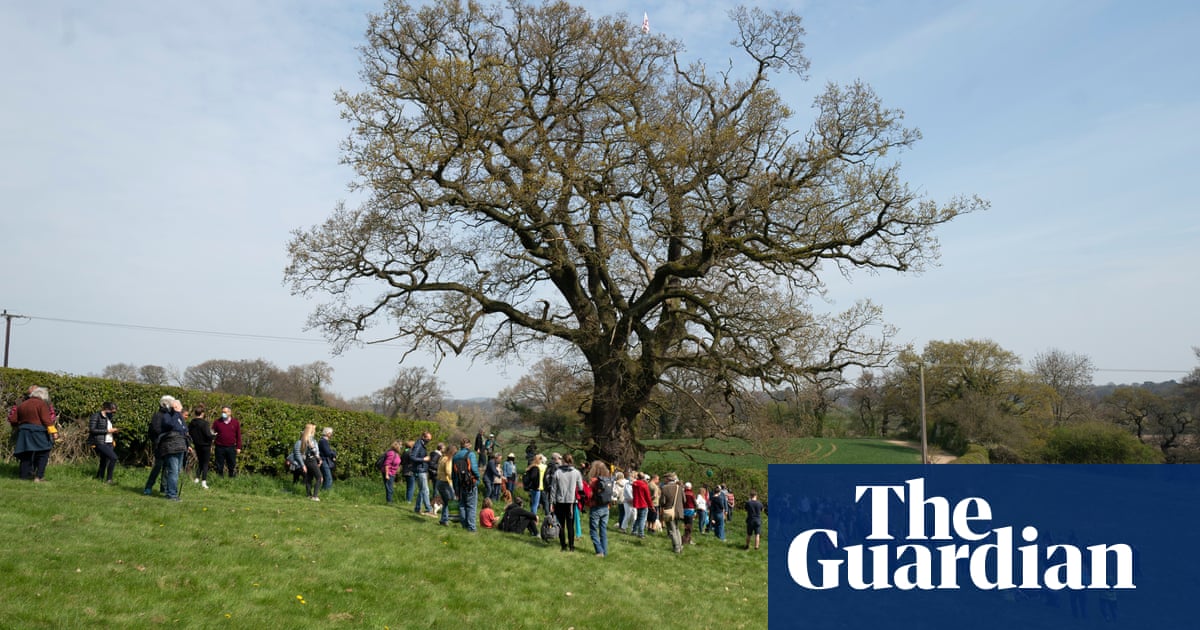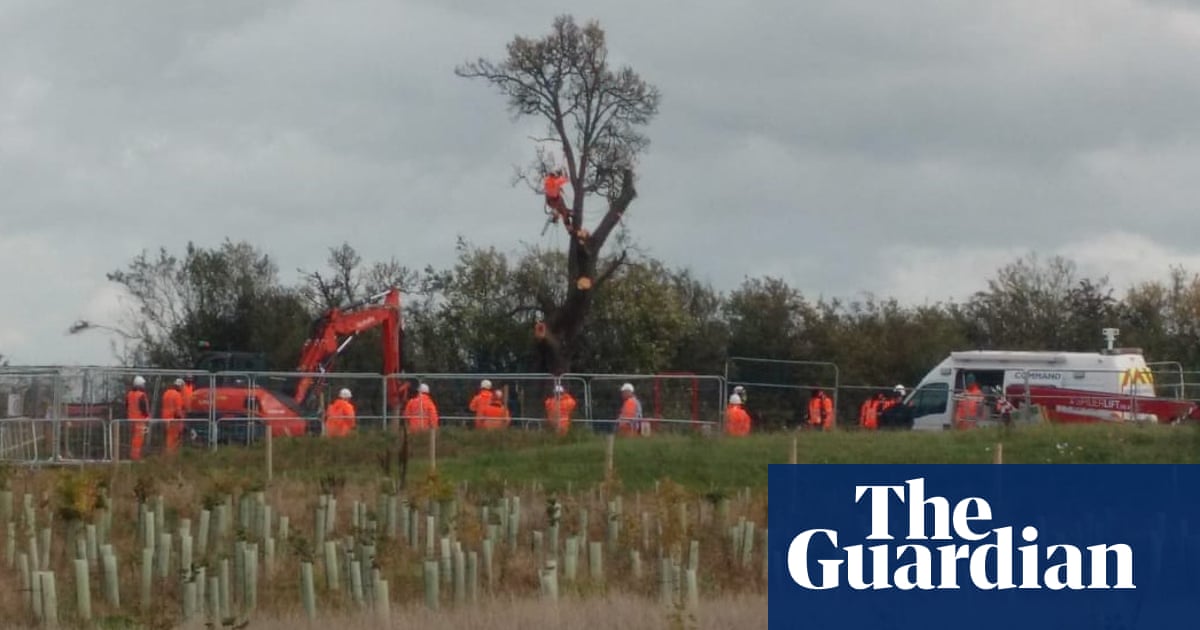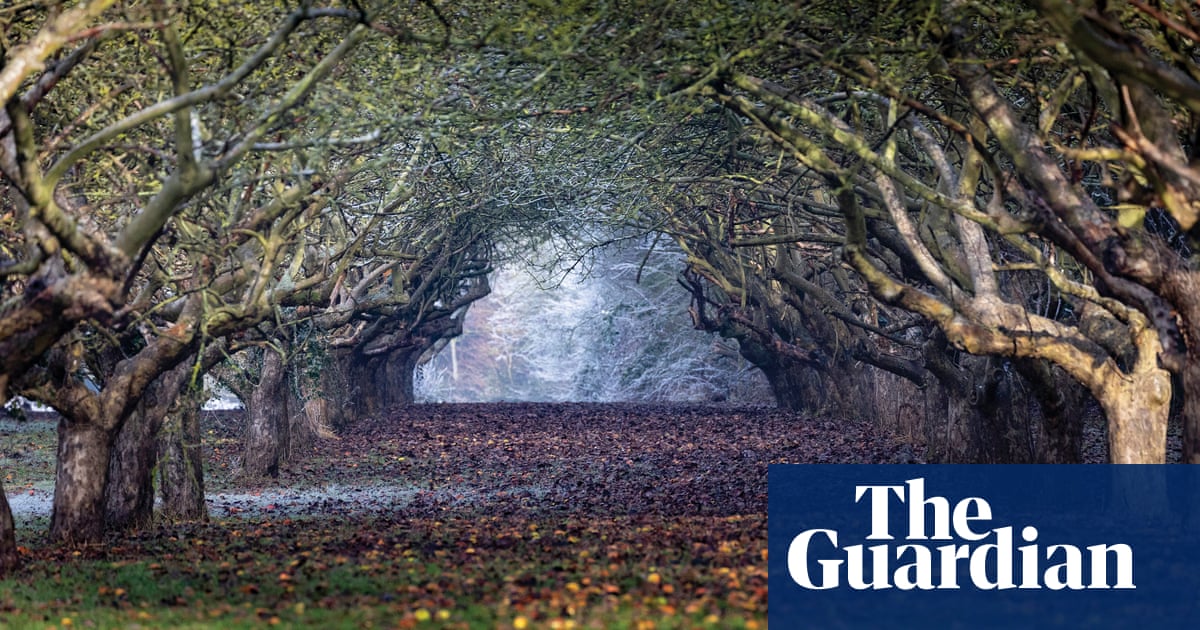
As an eight-year-old, Charles Darwin may have sat in the shade beneath its boughs and climbed its branches. Two hundred years later, “Darwin’s oak” has been handed a death sentence to make way for a new road to bypass Shrewsbury.
Along with eight other veteran trees, the 550-year-old, open-grown oak tree, which has a girth of 7 metres (23ft), stands in the path of the planned Shrewsbury North West Relief Road (NWRR), an £80m bypass linking the northern and western parts of the town.
Despite a long-running campaign to save the ancient tree and its fellows, its fate was sealed on Tuesday night when Shropshire county council’s 11-member planning committee narrowly approved the new road, by six votes to five.
“It all ties in with Darwin’s theory of evolution,” said Rob McBride, a tree campaigner. “There’s too many dinosaurs on that committee.”
Shropshire county council describes the NWRR as the “next step in completing the ‘missing link’ in Shrewsbury’s road network”, completing a ring around the town of nearly 75,000 people. Proponents claim it will free up road space and take traffic out of the town centre, thereby improving air quality, reducing journey times and boosting the whole county’s economy.
“I absolutely accept that the NWRR divides opinions, but I’m confident that it will make a huge difference to people, not only within the town, but also in the surrounding villages,” said Dan Morris, Shropshire council’s cabinet member for highways, after the planning committee’s decision.
But critics say the planned new road “decimates” one of the last vestiges of countryside remaining in Shrewsbury. It will bisect the town’s “green wedge”, a green space that extends almost into the heart of the town, which McBride described as one of the few local areas not yet marred by development.
For five centuries, Darwin’s oak has stood as a landmark within that band of nature. It stands close to The Mount, the 1800 home of Robert Darwin, the father of Charles Darwin, and in countryside the naturalist explored extensively as a boy as he developed his love and curiosity for nature.
“It’s a majestic, impressive tree,” said McBride. “You can see it straight across the meadow as you come near the River Severn. There’s this low meadow and then it rises up into a hedgerow there. [It’s] just a brilliant landmark tree that many people, many residents use … to find solace and to connect with nature and to repair themselves, really.”
Shropshire’s decision came in the face of significant local opposition. About 5,000 objections to the new road were overruled by the planning committee when it passed the plan. Not only that, the Woodland Trust, the tree conservation charity, said the road’s approval rides roughshod over national planning rules that ought to protect ancient and veteran trees except in “wholly exceptional circumstances”.
Jack Taylor, the lead campaigner at the Woodland Trust, said: “Just weeks after the iconic Sycamore Gap tree was lost, we are now faced with the loss of another iconic tree. The narrow approval of the Shrewsbury North West Relief Road is a dark day for the environment and our natural heritage as it threatens the loss of this living legend, numerous other irreplaceable veteran trees, and will damage nearby ancient woodland. The UK needs better protection for these cathedrals of nature, before they are condemned to history.”
Local campaigners are still hopeful they can save the tree. A petition calling on the council to revisit its decision has reached 2,500 signatures. But if they fail, it means another living piece of Britain’s natural history will be lost for ever.












